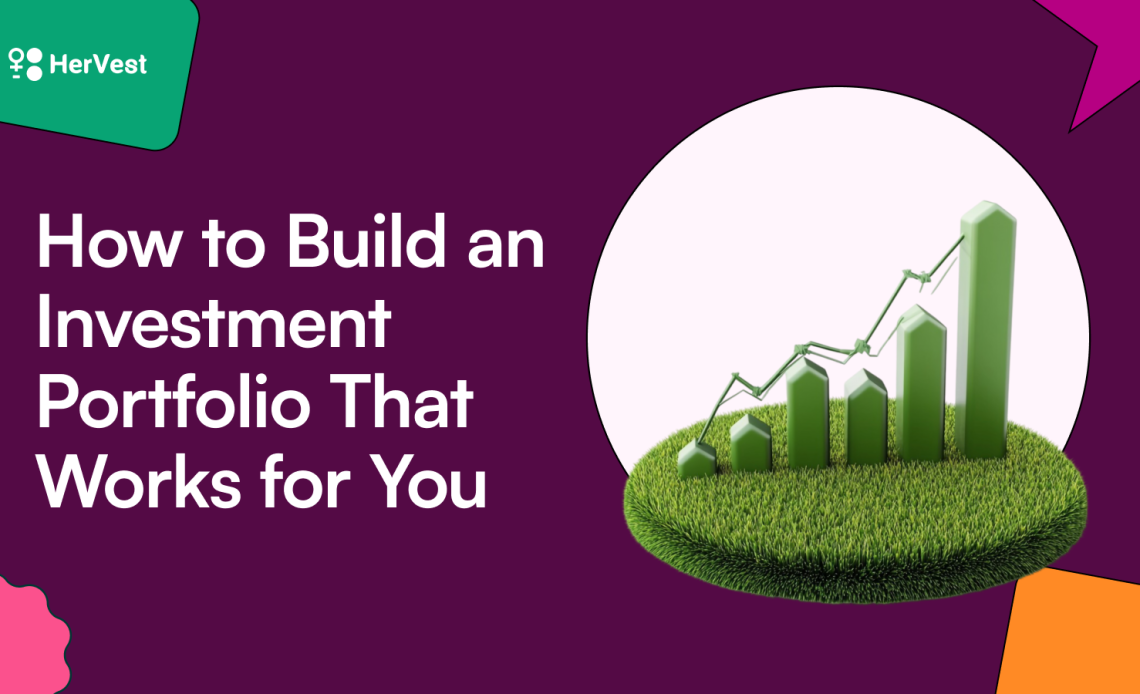Creating a successful investment portfolio is one of the most powerful ways to grow wealth, secure your future, and meet financial goals. Whether you’re a beginner or someone with years of experience in the market, having a smart and structured investment strategy is key to long-term success.
Understanding the Basics of Investment Portfolios
What Is an Investment Portfolio?
An investment portfolio is a collection of financial assets such as stocks, bonds, real estate, and mutual funds. It represents the various ways you have decided to put your money to work, aiming for growth, income, or both.
Why a Portfolio Is Essential for Financial Growth
A well-constructed portfolio helps you reduce risk and increase the potential for returns. It spreads your investments across different sectors and asset types, allowing you to benefit from growth in some areas while others may be underperforming.
Setting Clear Financial Goals
Short-Term vs Long-Term Objectives
Before investing, it’s important to define what you’re saving for. Is it a house in five years or retirement in thirty? Your time frame influences which assets to choose. Short-term goals might favor safer investments, while long-term ones allow more risk and potential return.
Risk Tolerance and Your Investment Strategy
Your ability to handle ups and downs in the market will guide your asset choices. Those with high risk tolerance may invest more in stocks, while conservative investors might lean toward bonds or dividend-paying instruments.
Choosing the Right Asset Mix
Stocks, Bonds, Mutual Funds, and Alternatives
Each asset class serves a unique purpose. Stocks offer high growth potential, bonds provide stability and income, mutual funds deliver diversification, and alternatives like real estate or commodities can hedge against inflation.
Diversification: The Golden Rule of Investing
Diversification means spreading investments across various asset classes and sectors. It reduces the risk of significant loss. A portfolio made up entirely of one type of asset is more vulnerable to market swings.
Steps to Build a Functional Investment Portfolio
Step 1: Define Your Investment Objectives
Start by determining what you want to achieve. Growth, income, or capital preservation? These goals guide every investment decision.
Step 2: Allocate Assets According to Goals
Use your goals and risk tolerance to choose a mix of assets. Younger investors might favor stocks, while those nearing retirement may shift to bonds and income-producing investments.
Step 3: Select Specific Investments
Choose individual securities, mutual funds, or ETFs that align with your chosen strategy. Make sure they are reputable and have a strong track record.
Step 4: Monitor and Rebalance Regularly
Markets shift, and your portfolio will too. Rebalancing means adjusting your portfolio back to your original asset allocation to maintain alignment with your goals.
The Role of Technology and Platforms in Investing
Robo-Advisors vs Human Financial Advisors
Technology makes it easier than ever to invest. Robo-advisors offer low-cost, automated portfolio management. Human advisors bring experience and personalized insights. Each has its place depending on your comfort and experience level.
HerVest Impact Led Investment as a Smart Choice
For those seeking both financial returns and social impact, HerVest impact led investment offers an innovative solution. It empowers women and underserved groups while providing smart, diversified portfolios. It’s not just about growing your money but doing so with purpose.
Common Mistakes to Avoid When Building a Portfolio
Emotional Investing
Emotions can lead to poor decisions like panic-selling or buying based on hype. Stick to your plan and avoid reacting impulsively to short-term market movements.
Neglecting Diversification and Overtrading
Putting all your eggs in one basket or trading too frequently can lead to losses. Focus on long-term performance instead of chasing short-term gains.
The Power of Long-Term Investing
Compounding and Time Horizon Benefits
Compounding is the snowball effect where your earnings generate more earnings over time. The longer your money stays invested, the more it grows.
Staying Disciplined During Market Volatility
Markets will rise and fall. Those who stay invested during downturns often see the best long-term results. Patience and consistency win the race.
FAQs on Building a Solid Investment Portfolio
Q1: How much should I invest to start a portfolio?
You can start with as little as $100 using digital platforms. What matters most is consistency and discipline.
Q2: How often should I rebalance my portfolio?
Most investors review and rebalance quarterly or annually depending on market changes and life goals.
Q3: Is it better to use an advisor or go DIY?
It depends on your knowledge and confidence. Beginners may benefit from advisors or platforms like Hervest impact led investment for guided decisions.
Q4: What is a good portfolio allocation for beginners?
A typical beginner portfolio might include 60 percent stocks, 30 percent bonds, and 10 percent cash or alternatives.
Q5: How do I measure portfolio performance?
Compare your portfolio’s return to benchmarks like the S&P 500 and ensure it aligns with your personal financial goals.
Q6: Can I include real estate in my portfolio?
Yes, real estate can offer stable income and diversification. Consider REITs if direct ownership is not feasible.
Conclusion
Knowing how to build an investment portfolio that works is a life skill that brings financial independence and peace of mind. By setting clear goals, diversifying wisely, and using trusted platforms like Hervest impact led investment, you take charge of your future. Remember, successful investing is not about timing the market but time in the market.


